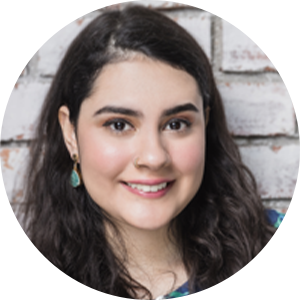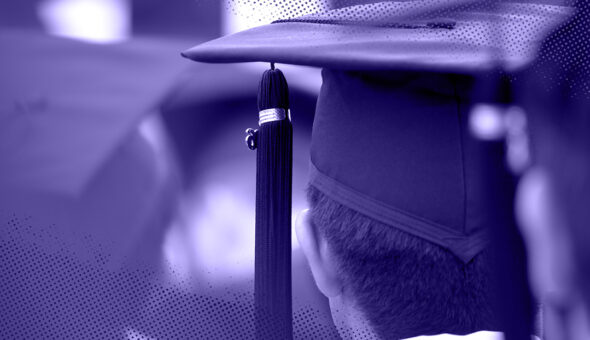According to a 2015 study done by the National Center for Education Statistics (NCES), non-traditional students differ from a typical 18-year-old matriculating into university: financially independent, have a dependant and are a caregiver, delayed matriculation into college, do not hold a traditional high school diploma, are employed full-time and attend school part-time. In addition, non-traditional students are sometimes denoted as adult learners.
NCES found that 74% of undergraduates in the 2011-2012 cohort were considered non-traditional students, making them the majority of college students in the United States, and the number has only continued to climb. Are universities keeping up with this demand for non-traditional students? And how is the higher education landscape changing as non-traditional students increasingly become the norm?
Alison Bell is the regional vice president for Western Governors University (WGU), an online school that markets toward the non-traditional student market. According to Bell, WGU is an online university created 25 years ago by governors in the western states to meet the needs of adult learners. WGU uses a time-flexible, fully online model catered toward students who cannot make it to campus due to other obligations and who are then able to work through their degrees at a time and pace that is most suited to their needs.
“The average age of our students is 37, and more than 80% work full-time, so everything is related to non-traditional students,” said Bell.
Brandon Busteed, the global head of learn work innovation at Kaplan, said it is a disservice to think of non-traditional students as a minority on campuses today.
“The preconceived notions most of us have of college students are the young undergrad partying and that’s not necessarily the case anymore,” said Busteed.
April Query is the assistant vice president of college access and community outreach for the College Foundation of North Carolina (CFNC). CFNC is a nonprofit chapter of North Carolina State Education and provides free resources regarding college and career planning for students across the state. Query said the pandemic has caused an increase in non-traditional students seeking help from her organization.
“There’s been a good number of students who have not matriculated straight to college due to the pandemic,” said Query. “They are usually aged 21-23 but are still non-traditional. A lot of organizations need to rethink what non-traditional students look like.”








